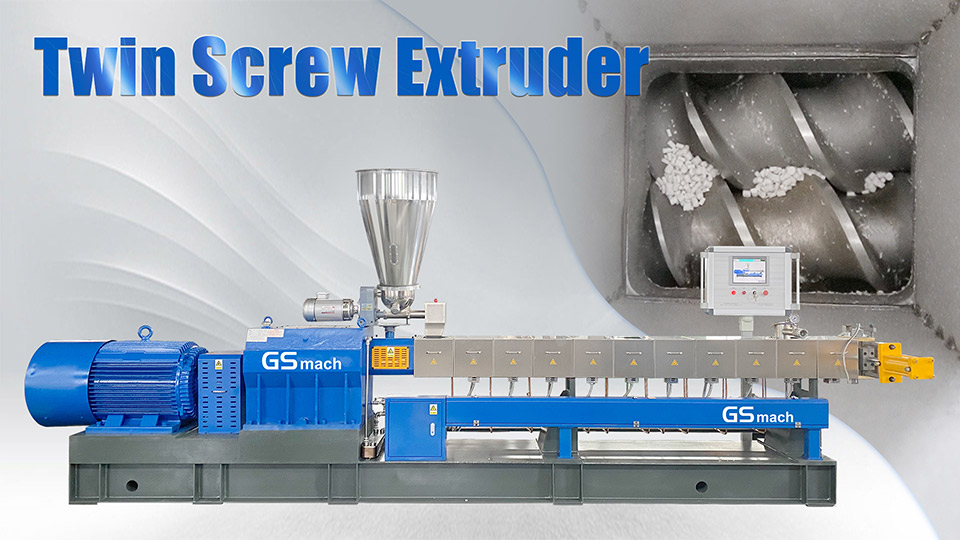
1.The correct way to switch the colour and material
Stable and efficient production of twin-screw extruder is a long-time pursuit of the industry, and the continuous start-up time is an important indicator of the quality of the equipment and the production process. However, in reality, due to the material process or production batch, it is often necessary to switch the process formula or adjust the screw combination, for example, to produce a batch of product A, then another batch of product B.
01
The batch size has to correspond to the machine size. This seems self-evident. However, many processors have poor scheduling, and a twin screw extruder can produce 500 kg of material and already produce 100 kg of scrap.
02
Write a procedure for cleaning or extracting the screw from the Plasric Granultor Machine for each product being produced. This will help operators to plan their schedules and eliminate any arguments about how much headstock they will produce.
03
Help the operator by placing clean operating tools around the twin-screw extruder, and if there are frequent material changes, then have a workbench around the extruder with everything you need.
04
Study the sequence of flow of raw materials and finished products into and out of the operation. Arrange it so that the operator spends less effort in moving the means of transport.
05
Find out how clean the twin-screw extruder will be for the next product. If you know that the next product will require a thorough hand cleaner, don't waste time and material fooling with the cleaner.
06
If possible, schedule production in a sequence that reduces Plastic Extruder Machine cleaning. This means going from light colours to dark colours. Instead, you'll have to make several pumping screw adjustment combinations.
2.The correct way to start and stop the twin-screw extruder
Common wrong way of operation:
It is customary for the operator to arrive at the factory in the morning, switch on the twin screw extruder to warm it up, and then go on to other things. This causes the twin screw extruder to heat up to the design temperature and then sit idle for several hours. This causes polymers to adhere to the screws and barrels, which then continue to degrade and carbonise the polymer material. It is very difficult to completely remove this material when cleaning the machine, and worse still, once the twin screw extruder starts to produce product, black spots will periodically be present in the material extruded from the screw and barrel, contaminating the product and resulting in substandard product quality.
The right way to start the machine:
Plan when you will actually start processing the product, then find out how long it will take for the set temperature to reach a predetermined value, make other preparations, feed the material as soon as it reaches the preheat temperature, charge the barrel, and start production.
The correct way to switch off the machine:
Before shutting down the machine, fill the Plastic Pellet Machine to the maximum extent possible with an inert polymer (e.g. HDPE) to seal the gaps in the machine; HDPE drives out oxygen and coats the metal surface, greatly reducing the formation of carbon oxides. After the twin-screw extruder has been "sealed", it is best to rapidly cool the extruder rather than leave it in the air for 18 hours. Emergency cooling means setting all temperatures to zero and opening all cooling water valves. The cooling water pump is switched on and the cooling water passes through all the barrels to cool down the extruder quickly. Rapid cooling will prevent polymer degradation and charring.